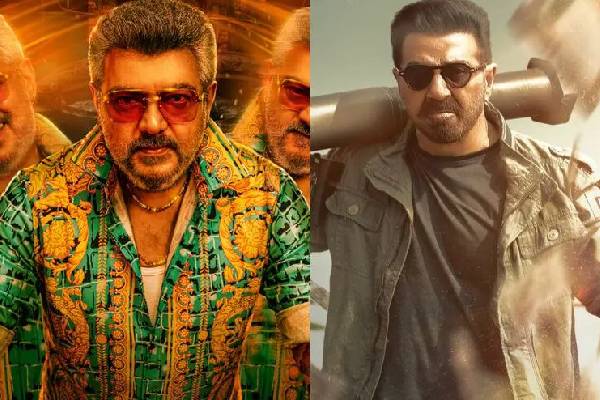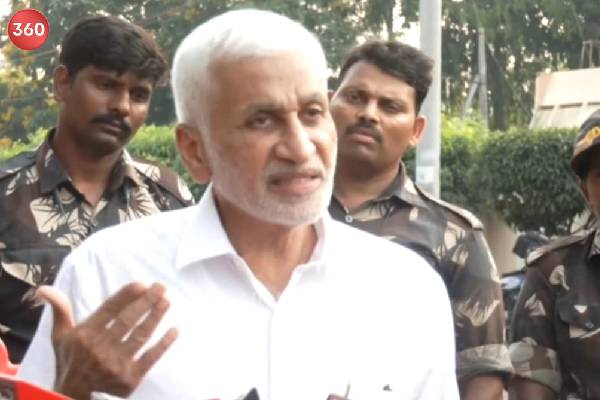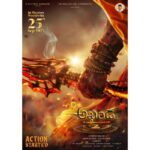PM Modi’s populist development model working well in conjunction with Hindutva Plus sits well with the sequential progression that India’s body politic seems to be taking. For politicians from the Samajwadi Party and Mamata Banerjee’s Trinamool Congress, the Muslim vote bank is vital and they are refusing to cut the umbilical cord. Congress strategists have come to the conclusion that the Hindu vote is aggregating behind PM Modi. We saw that first in the May 2014 hustings and then saw it again in Assam, thrice in UP and most recently in Bengal. The bastion of Bengal has been breached.
‘Jai Shri Ram’ cries have never rent the air nor has Gau Puja been done there. Neither have swords been brandished on Ram Navmi, a non-festival in Bengal, till recently. But Mamata walked into the BJP hyper nationalism trap by playing the Bengali sub-nationalism card and while ‘Jai Shri Ram’, was met head on with ‘Jai Bangla’ and even ‘Jai Kali’ and ‘Gau Puja’ with ‘Durga Puja’, the Amit Shah school of political management has prevailed. From an 18 per cent vote in 2014 to slipping to a mere 10 per cent vote in the last assembly election to storming back with close to 40 per cent is a credit to Shah’s hot-button strategic sense.
The May 2014 result at the hustings was revelatory for it clearly showed that Modi and his neo BJP had managed to construct a grand Hindu coalition of votes. This was a brand new model, at odds with all the social engineering attempts of the past at cutting across caste and religious fault lines. You have to believe this because when you win 71 plus 2 Apna Dal seats out of 80 in Uttar Pradesh, then all modules and models are cast into the Ganga. Consolidation of the Hindu vote behind Modi was what happened.
Breaking caste and community-based models, the aspirational first-time voter in the 18-22 age group voted with its hands and feet for Modi, empirically this translated into 47 per cent of the vote in the 2014. Of course, Modi’s development pitch attracted a vast swathe, as did anger against the UPA at the centre and four-and-a-half CMs in UP courtesy a warring family. Backing my theorem is an article from the Hindu which says – First, the BJP regained the support of lower Other Backward Classes (more than half of the Kurmi community and Most Backward Classes voted the BJP). Second, the party garnered a substantial proportion of Dalit votes, mainly among the non-Jatavs.
And third, there was an unprecedented level of polarisation among the upper caste voters in favour of the party. Since the 90s, the BJP in UP has had two main support groups: the upper castes and the lower OBCs. Modi’s repeated emphasis on his caste background in his campaign speeches seems to have helped the BJP improve its vote share among the OBC voters. Remember that Modi himself is a Modh Ghanchi. One thought that this was a one off, but when the same thing was repeated in UP Assembly elections three years later, it made one sit up and take notice. For now it was a neon sign flashing in our faces.
Deepankar Basu and Kartik Misra of The University of Massachusetts at Amherst in their seminal paper, BJP’s Demographic Dividend in the 2014 General Elections: An Empirical Analysis, wrote and corroborated the young voter phenomenon that I have mentioned earlier. Mining data by doing a deep dive, they found that in the 2014 general election, 2.31 crore first time voters who came out in large numbers to exercise their franchise may have played a decisive role. According to a report, the BJP received 39 per cent support from the first-time voters in comparison to the Congress who could only secure 19 per cent votes from them.
Out of 81.45 crore voters, 2.31 crore belonged to the age-group of 18-19 years, around 2.7 per cent of the total voters, according to figures released by the Election Commission. Uttar Pradesh, where the BJP secured 71 out of 80 seats, 38.1 lakh voters in the age group of 18-19 exercised their franchise, according to figures released by the EC. On the other hand, West Bengal, where the party increased its tally, witnessed 20.8 lakh such voters. Similarly, in Himachal Pradesh 1.3 per cent youths came out to vote. The BJP won all the four seats in the state.
The national capital also saw participation from 2.7 per cent youth voters. In Delhi North-West, West, North East, and East constituencies, 81,760, 55,620, 54,889, and 46,574 first-time voters respectively came out to vote. The BJP recorded a clean sweep in all seven seats in Delhi where Congress was pushed to the third place. The role of young (and first-time) electors in ensuring BJP a victory again cannot be underscored.
The importance of this constituency for the BJP was evident from the strong emphasis that their campaign laid on luring them by engaging them through social media and tailoring their manifesto in accordance with their aspirations and needs.
The University of Massachusetts analysis shows that there is a strong positive correlation between the proportion of first-time electors and change in BJP’s vote share (between 2009 and 2014) across Indian states. Thus, states which had a high proportion of first-time electors were also the states where BJP increased its vote share significantly between 2009 and 2014.
For instance, total expenditure on the MGNREGA, the UPA government’s flagship welfare scheme, stagnated since 2009. In 2009-10, total expenditure was Rs 37,905.23 crore; in 2013-14, it stood at Rs 38,537.60 crore. Thus, over a period of four years, when inflation was hovering at double digits, nominal expenditure on MGNREGA increased by a measly 2 per cent. This suggests that one of the important factors underlying BJP’s unprecedented electoral victory was its ability to reach out to first-time electors.
If the infrastructure supporting the Modi campaign was monumental, the results were equally historic and unprecedented.
According to the data released by the EC, the 2014 elections saw the highest-ever voter turnout of 68.38 per cent which not only bettered the 2009 turnout of 58.19 per cent but also surpassed the 1984 record of 64.01 per cent as almost all states saw a significant increase in the number of people who exercised their right to vote. The majority of the increase in voting percentage, it seems, translated into increasing the vote share of the BJP that saw an increase of over 11 per cent in its vote share (from 18.80 per cent in 2009 to 31 per cent in 2014).
The Congress, on the other hand, saw a significant reduction in its popularity as its vote share fell from 28.55 per cent in 2009 to 19.31 per cent in 2014. In addition to increasing its absolute vote share, the BJP managed to break fresh ground in states like Tamil Nadu where it not only managed to increase its votes from 2.3 per cent to 5.5 per cent but also succeeded in winning a seat.
Similarly, in Assam its vote share more than doubled from 16.21 per cent in 2009 to 36.9 per cent in 2014. While an increase in vote share may not always imply a corresponding increase in seats, the BJP also almost doubled its seats from 4 in 2009 to 7 in 2014 in Assam.
Similarly, in Bihar, its vote share increased from 13.93 per cent in 2009 to 29.4 per cent in 2014. The corresponding increase in seats was from 12 to 22. In addition, the BJP made its presence felt in the erstwhile Communist bastion of West Bengal where its vote share increased from 6.14 per cent in 2009 to 16.8 per cent in 2014.
Even in the southern state of Kerala where the BJP did not win seats, it managed to garner an impressive vote share of 10.3 per cent.
(To Be continued)



































